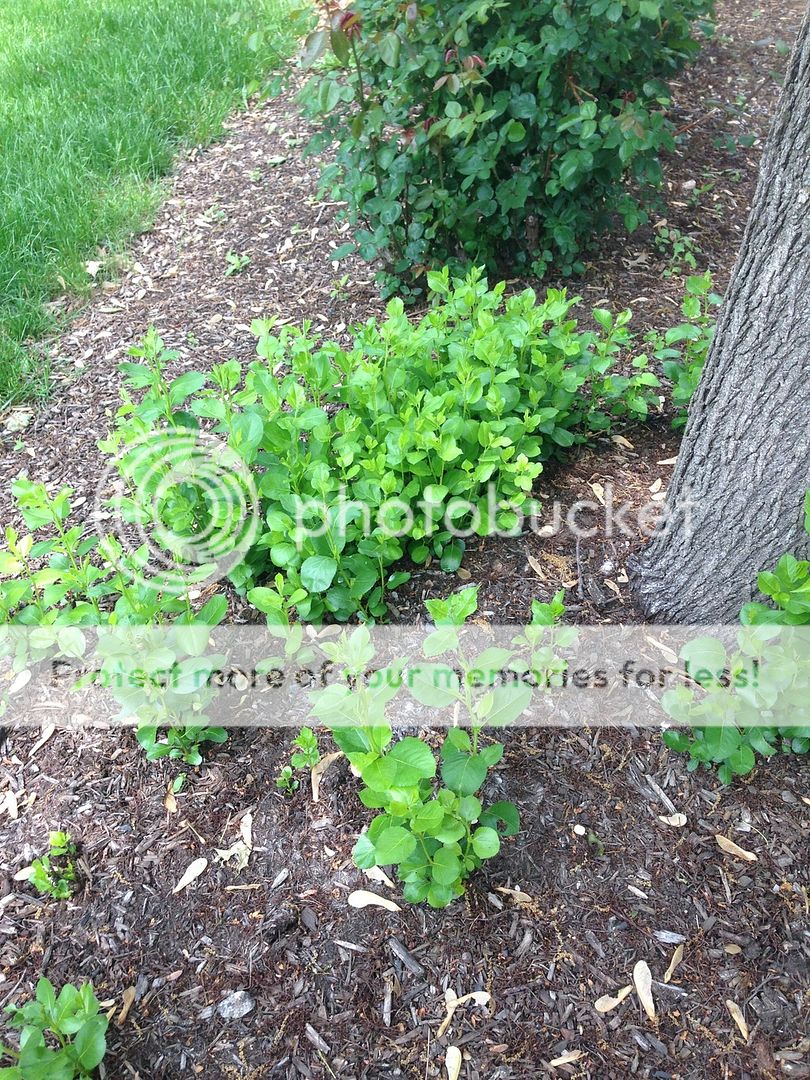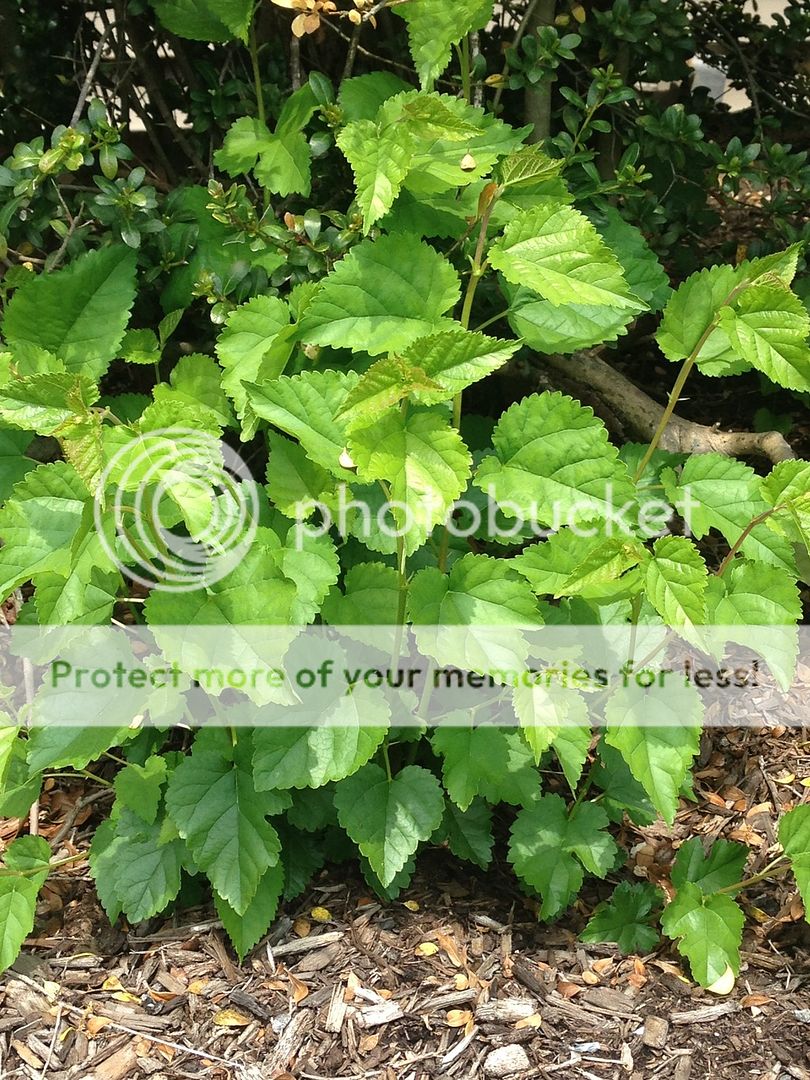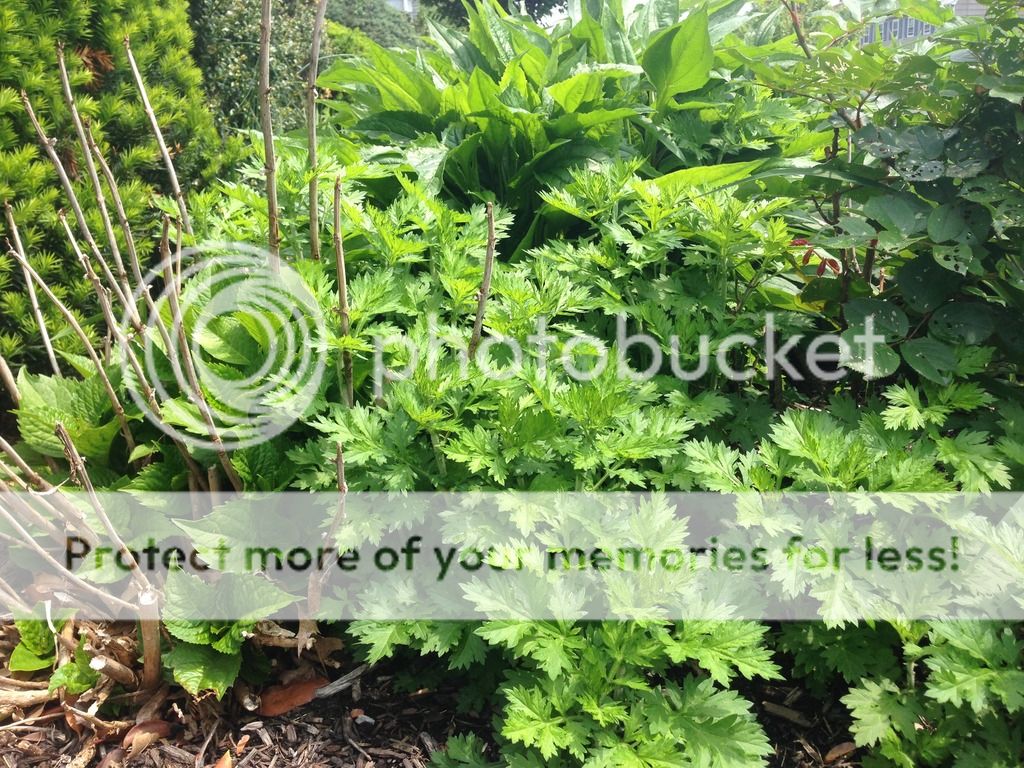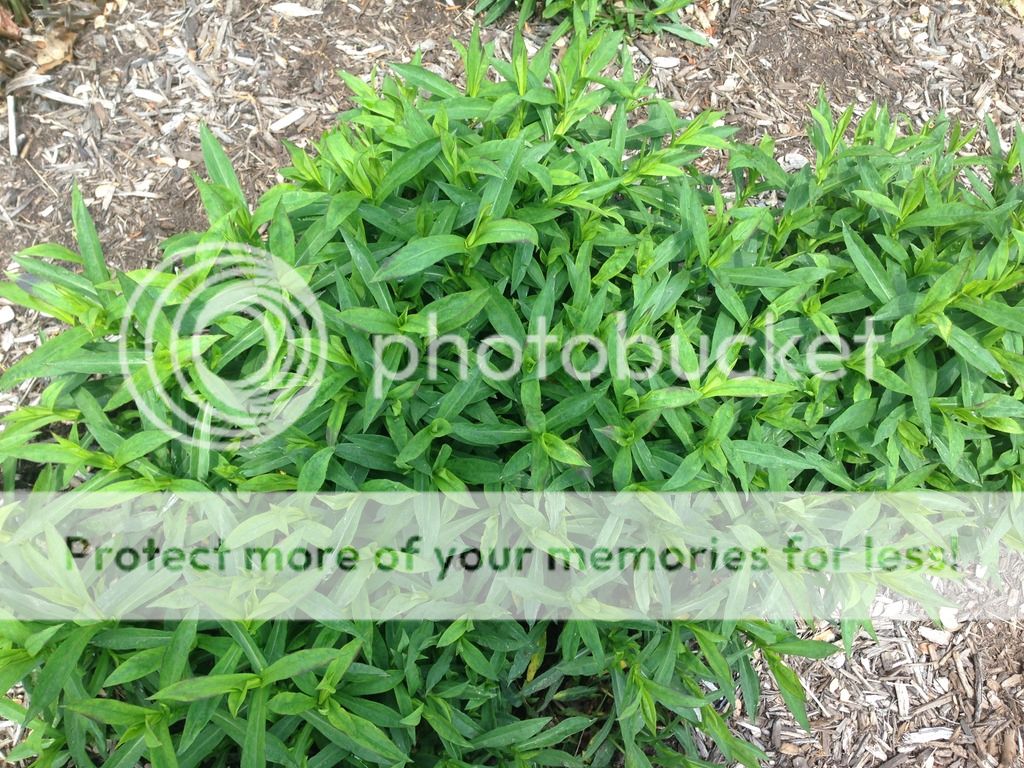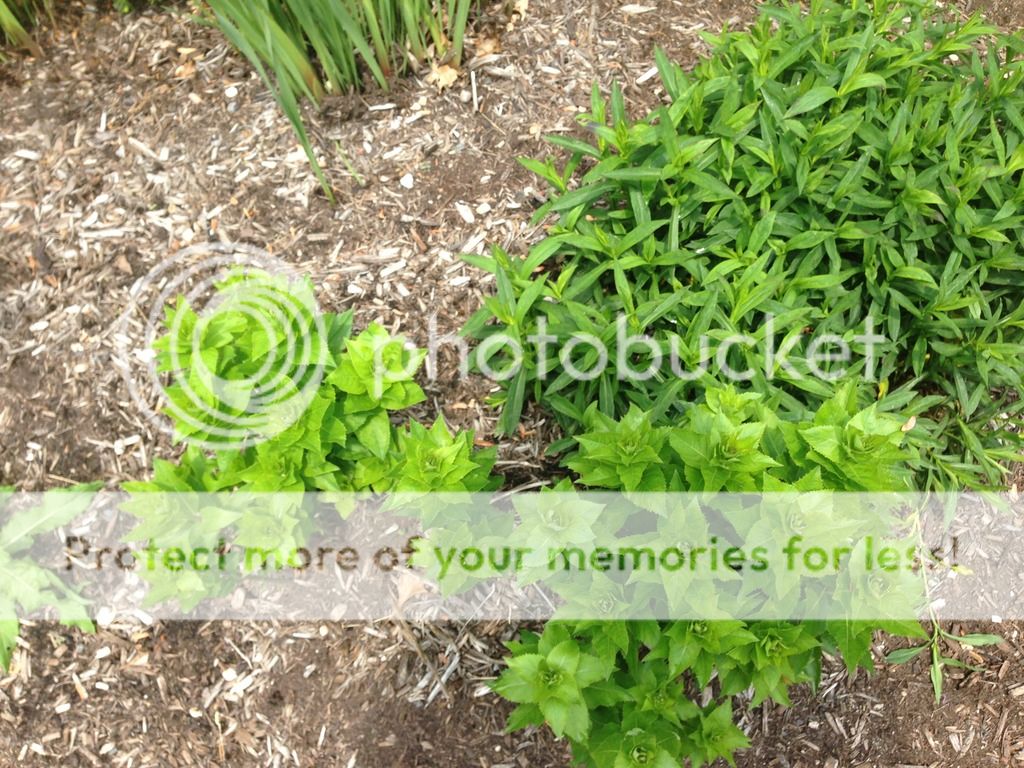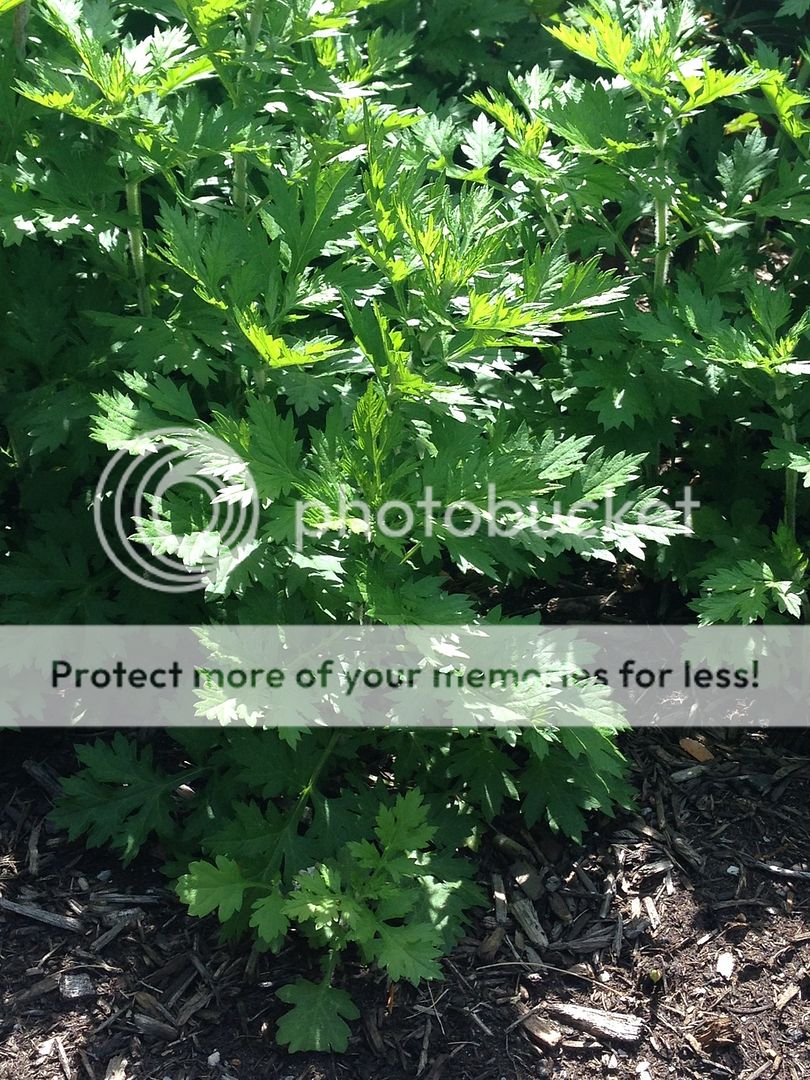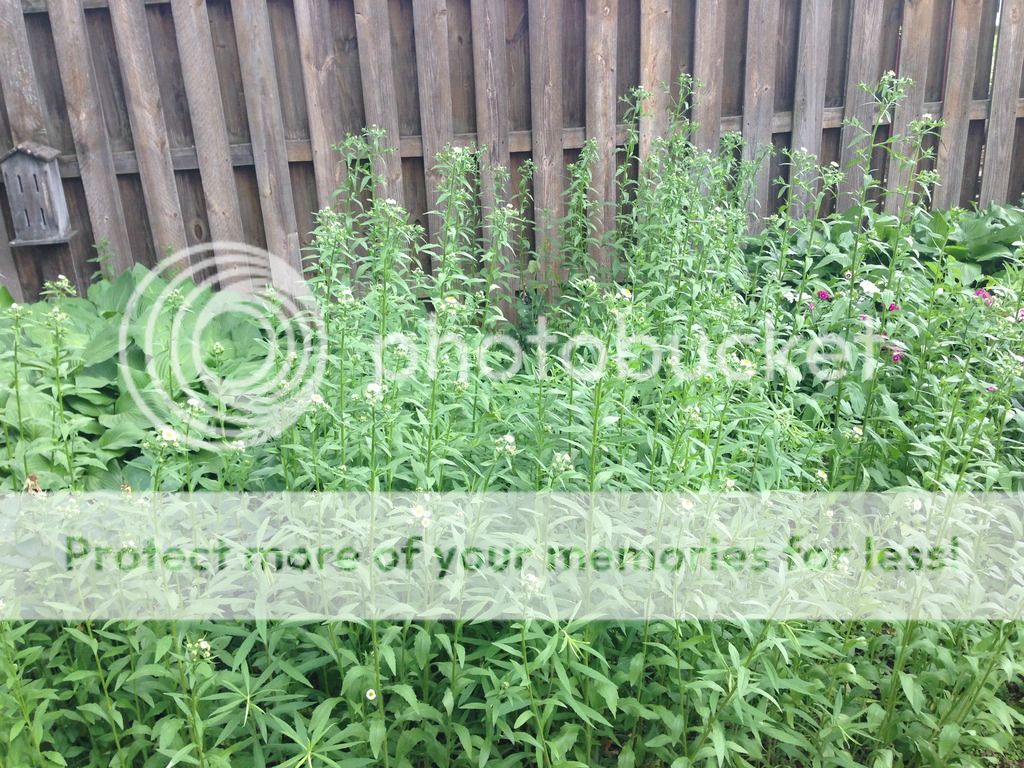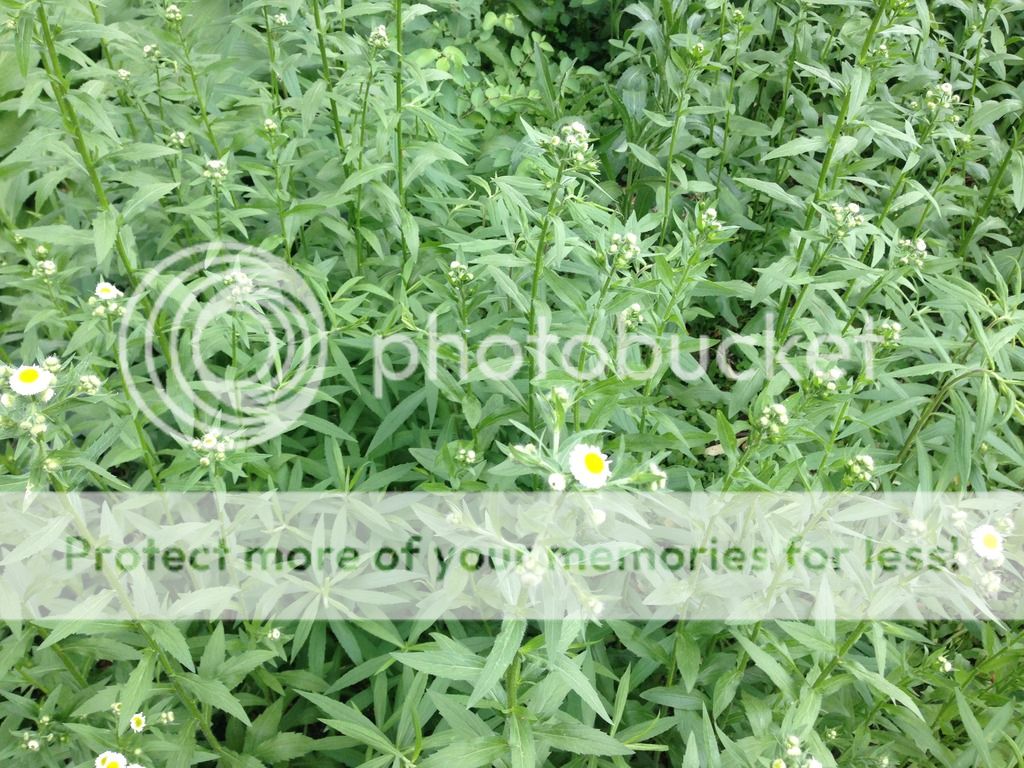"Weed" of course is a matter of definition. The Erigeron annuus, daisy fleabane, is a native wildflower. Daisy fleabane is one of those plants with nectar in tiny florets that is good for attracting beneficial insects including hoverflies (syrphids), bee flies, tachinid flies, parasitic wasps like braconids, small butterflies, and beetles. Look them up - the syrphids, tachnids, and braconids are definitely things you want in your garden.
The fleabane leaves are edible, though not very palatable until cooked, and are nutritious. They go well in a dish of cooked greens. Daisy fleabane leaf extracts contain caffeic acid which is an active compound that has antioxidative and neuroprotective effects on neuronal cells. You can actually buy caffeic acid supplements. Caffeic acid is found in coffee, but is unrelated to caffeine.
"Caffeic acid is a chemical found in many plants and foods. Coffee is the primary source of caffeic acid in the human diet. However, it can be found in other food sources such as apples, artichoke, berries, and pears. Wine also contains a significant amount of caffeic acid. It is used in supplements for boosting athletic performance, exercise-related fatigue, weight loss, cancer, HIV/AIDS, herpes, and other conditions. Caffeic acid is thought to have many effects in the body including antioxidant and anti-inflammatory effects. It might also affect the immune system in the body. "
https://www.webmd.com/vitamins-supplemen ... eic%20acid
Daisy fleabane was used medicinally by native americans. A tea from the plant was a diuretic and medicine for digestive ailments. An essential oil can be made to relieve bronchitis and cystitis.
All that said, it is of course rather "weedy" in the sense of being a prolific spreader as you can see in your pictures.
